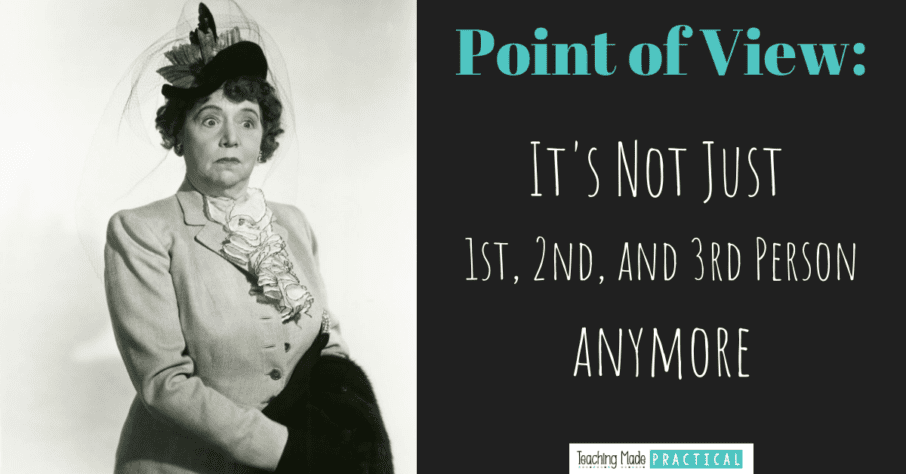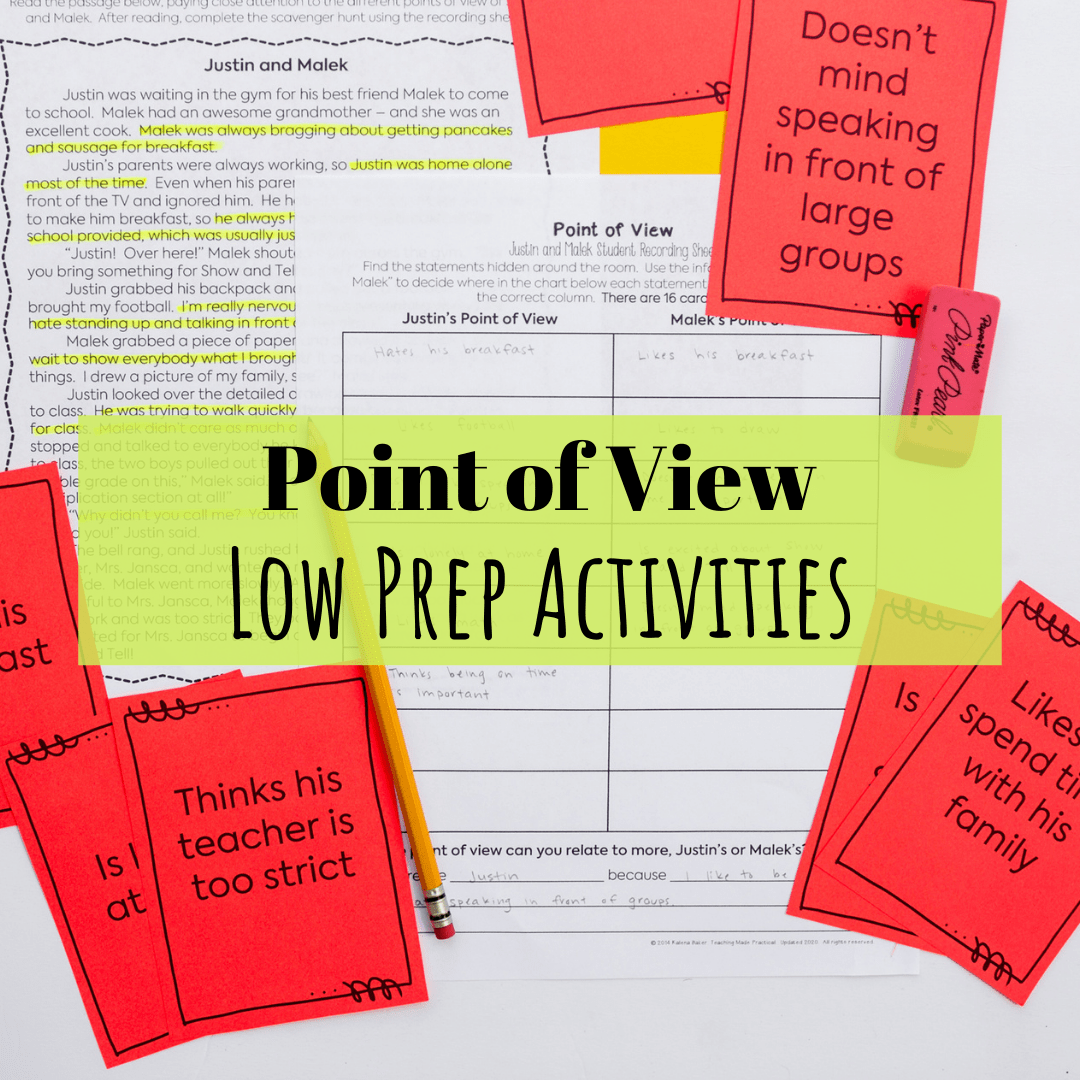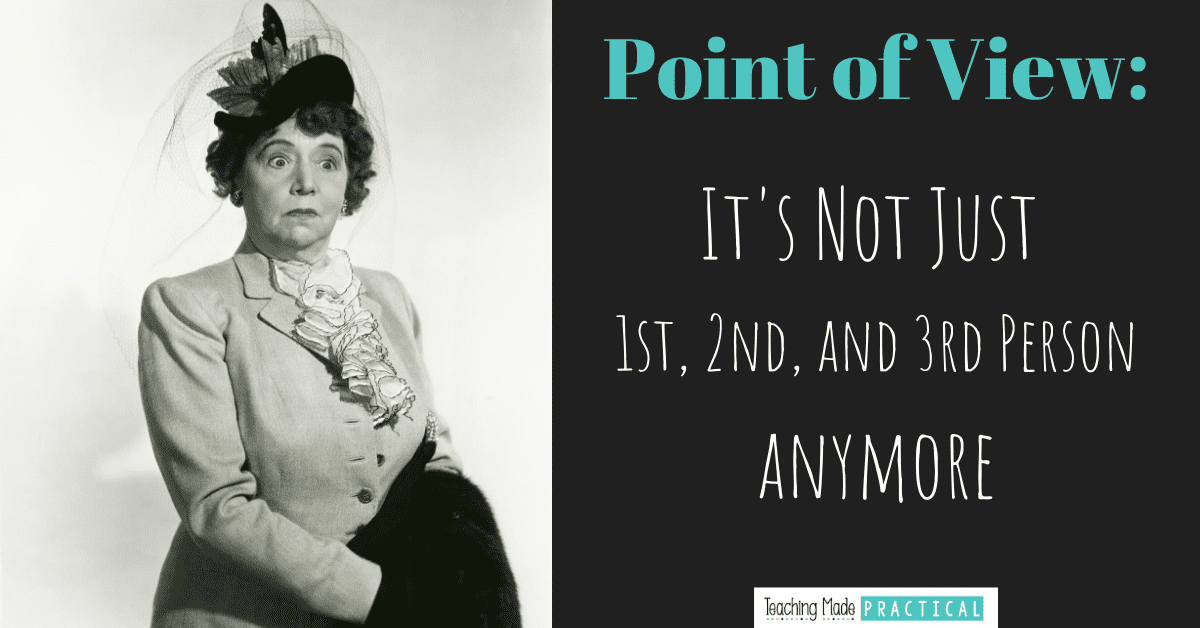
When teaching point of view, a lot of teachers focus exclusively on teaching about 1st, 2nd, and 3rd person point of view. In fact, when I googled "teaching point of view," almost the entire first page of results were lessons on what point of view the narrator tells the story in.
But point of view is so much more than that. Teaching point of view means encouraging 3rd, 4th and 5th grade students to recognize that people don't always agree on things because we all of have different life experiences that have helped shape our opinions.
Teaching point of view means helping students understand that you can't trust everything you read because authors have biases, and to distinguish their own point of view from an author's.
Teaching point of view means modeling to students how to disagree with somebody that has a different opinion in a constructive rather than a hurtful way.
While teaching students to distinguish between 1st, 2nd, and 3rd person is often a focus of standards and lesson, other aspects of point of view have are much more practical and essential in the real world.
Teaching Point of View in 3rd, 4th, and 5th Grade
In this age of googling for information, where anybody can find information on any topic at the click of a mouse, it all the more important to teach point of view in a way that encourages students to think about and justify their own point of view rather than just blindly trusting what the Internet has to stay.
When teaching point of view, some of the most important things to consider are:
- Teaching Students to Disagree in a Respectful Way
- Teaching Students to Understand Both Sides of an Argument
- Teaching Students that Authors are Not Always Right
The ideas and tips below will focus on these aspects of point of view. If this isn't what you are looking for, check out these other tips and activities for teaching point of view, including this point of view cut and paste freebie!
Teaching Students to Disagree in a Respectful Way
This is a skill that many adults still need to learn! When talking with others that have different points of view, our emotions often get in the way. We get angry and say hurtful things rather than having a respectful conversation that allows us to learn more about the other side of the issue.
With upper elementary students, you could start off by discussing things like whether a dog or cat makes a better pet, or whether P.E. or art is more fun. But in order to really practice this skill, you need topics that elicit stronger emotions from students.
Some possible topics could be:
• If you find a pencil on the ground and take it, is that stealing?
• Should girls be allowed to play football with boys?
• Should you have to share an expensive toy with anybody who wants to play with it?
After deciding on a topic for discussion, use these free POV Discussion Sentence Starters to help students have respectful discussion. (These discussion starters are a part of my Point of View Activities Resource.)
Creating a safe place where students are able to disagree with each other and explain their reasoning is a great way to get students to think about different points of view.
This is also an excellent opportunity to integrate writing into your discussion of point of view. Check out these fun, no prep ways to integrate writing into your point of view lessons.
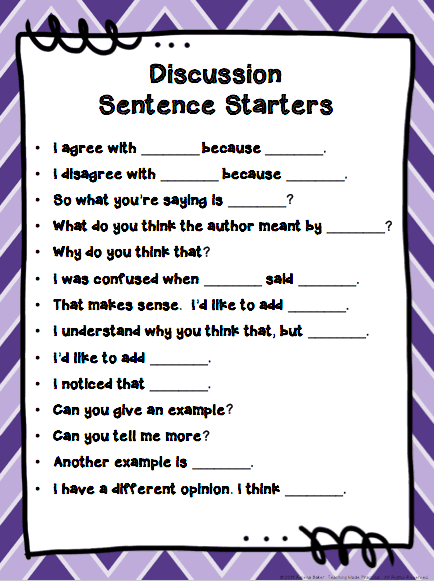
Teaching Students to Understand Both Sides of an Argument
Go one step further - instead of just teaching students how to disagree, be deliberate about encouraging students to understand both sides of an argument! When 3rd, 4th, and 5th grade students have to consider the arguments sides they disagree with, they are better able to consider different points of view.
Use this Nonfiction Thinking About Both Sides Graphic Organizer to help students organize their thoughts about both sides of an argument.
Give students plenty of time to think about reasons to support BOTH points of view. Modeling how to think about both points of view first can be very helpful. Some fun topics that can be used with this graphic organizer are:
- asking permission to use the restroom vs going to the restroom whenever you need to
- homework vs no homework
- raising your hand before speaking in class vs speaking whenever you want
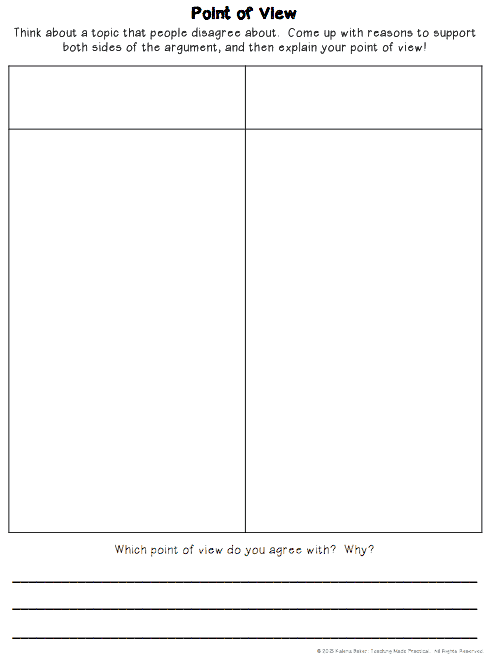
You might also like these other free point of view graphic organizers.
Teaching Students that Authors are Not Always Right
Teaching that authors are not always right is especially important in this age of Internet and self-publishing. Most people tend to trust that the information that they read in nonfiction articles and text is true and accurate, but that is not always the case. ANYBODY can set up a website and say whatever they want.
As teachers, it is important for us to teach our upper elementary students that all authors have biases, and some authors are more knowledgeable than others.
This is harder to teach than you would think. Teachers are constantly looking for the BEST nonfiction books for our students to read - we don't ever deliberately look for books or articles with inaccurate or strongly biased information.
Fortunately (in this instance), most schools are poorly funded and have textbooks with outdated information in them! If you have a textbook like that (for example, science textbooks claiming Pluto is the 9th planet, or social studies books with outdated maps), you can use it as an example to 3rd, 4th, and 5th grade students that just because this information is in a book - a textbook even - doesn't mean it's all true.
You can also search for articles online with clearly inaccurate or strongly biased information. If your Facebook feed is anything like mine, you'll see articles like this on a regular basis.
I deliberately included some obviously biased reading passages in this Point of View Activities Resource since this can be hard so hard to find. Many of the questions encourage students to think about whether or not they should trust the author.
This resource also includes two articles written from opposing viewpoints, fiction articles that ask students to think about whether they disagree or agree with the character, writing activities, task cards, and more.
It is mostly no prep, with a few extremely low prep activities!
Don't stop teaching students to identify first, second, and third person point of view, but do make sure to encourage students to think about other point of view topics!
You might also like these other point of view resources, tips, and activities.
Never Stress Over Sub Plans Again!

Make copies, find a fiction book, and you'll be ready for any emergency that comes your way!

